
I’ll never forget when I started this process and my mother in law looked at me like I had lost my mind. “You’re doing what? You’re going to cook with that?” Here I was, dumping globs of fat into a crock pot to make into a cooking oil. During my parents generation, animal fat was vilified here in the states and we lost the age old art of rendering animal oils for cooking. Here’s a fun fact for you. Lard is the national food in the Ukraine. Yeah, my mind was blown, too.
So, here I am. Bringing it back and hoping, if you’re reading this, that you’ll consider adding this to your pantry staple. Let me address something first though. Once rendered, this fat isn’t going to flavor your food like pork. Sadly, its not going to give those Brussel sprouts a bacon-y (is that even a word?) flavor. Bacon grease is the only thing that’s going to do that. (Just another reason not to discard that precious food, either!)
Animal fats are MUCH healthier for you than the plant based alternatives like canola, rice bran oil, or just plain old vegetable oil. Any far better for you than crisco, a plastics based food product. (yup. Plastic. YIKES!) Animal fats are lower in inflammatory omega 6 fatty acids and don’t contain the trans fats found in a lot of plant based oils! I could go on and on about the benefits of adding animal fats to your diets but I think you get the point. The only cooking oils you’ll find in our household are lard, tallow, butter, ghee & avocado oil. But, let’s get back to talking about lard….
I really can’t talk about lard without talking about the benefits of choosing pasture (or in our case forest) raised! Did you know conventional pork is so low in Vitamin D that the USDA considers it a negligible amount? It’s not because pork itself is naturally low in vitamin D. It’s because conventionally raised pork doesn’t see the sun. Pork raised in their natural environment (outside in the sunshine!) produces a very bioavailable vitamin D that is easily digested by us humans. The animals get to live out on pastures like nature intended and you reap the benefits of their healthier diet. Want more info? Here is a solid study done on the effects of just one hour of sun exposure on serum Vitamin D in pork. Y’all, 500IU / tsp. Yeah….teaspoon! And, this study was only 10 hours of sun exposure total over 2 weeks. Imagine what the vitamin d content is for pork living its entire life outside? Just something to consider when choosing food for your balanced diet!
Want to know more about the benefits of lard as a cooking fat? Here’s one of my favorite articles, Taking the Fear out of Eating Fat, about how beneficial it can be from one of my favorite go to’s on nutritional advice, the Weston Price Foundation.
I should also put out a disclaimer here that I am no expert at rendering lard. I just found that this method works well for me to get that snow white, clean lard I’m after without burning it. I’ve got 3 kids, a working farm and too much on my to do to sit next to my stove all day long. So, if you’re like me, the crock pot is going to be your best friend. Now, let’s get rendering.
I love doing this in a crock pot as I can just turn it off if I need to run outside. Burnt lard doesn’t taste so great so using a crockpot really helps.

The pork fat were rendering here is from the kidney area of the pig and produces the leaf lard prized for baking. It has been sent through the meat grinder so that it’s smooth and breaks down easily. I place the entire bag into the crock pot. If you’re someone who doesn’t get easily distracted, you might be able to get away with high. But, I tend to empty the laundry, play checkers with the kids, get roped into a tea party….all while I was supposed to be watching paint dry…I mean fat boil. 😉 You get the point. Low. Set it on low.
You’ll begin to notice that it’s separating into a liquid and a solid. The solids are cracklings and can be used later but what we’re after is that liquid gold. Skimming it off, I’ll strain it right into a WARMED mason jar for easy storage. (Rinse your clean mason jar in warm water before adding your hot oil to it to prevent cracking!)
Straining isn’t difficult as I use my milk straining funnel with butter muslin for the best results. Be sure that whatever funnel/ strainer you use, it’s NOT plastic. It will melt it. Remember, this is a boiling hot oil.
The lard will be clear when straining and as it cools, will turn beautiful snow white.
Continue this process until you’re left with the solids remaining, being careful not to burn them! It is easy to burn the lard once the crock pot is nearing the bottom so be diligent. You’ll know if you burned it. The smell and smoke is undeniable. I often will turn the pot on and off during this process to keep it from getting to hot. I’ll share more on what to do with those let over solids or “cracklings”, soon!
Lard will store in a cool pantry for quite a while before going bad. We usually render the pork fat three times per year and the lard we get from a single pig will last us about 6 months.
You can find pork fat for rendering at just about any butcher or better yet, talk directly to your farmer so you know exactly how the animal was raised and support the family behind the product!
LARD RECIPE:
Place 3-4# of ground pork fat into a crock pot on low. Spoon off the liquid as it boils down. Strain into mason jars and seal with self sealing canning lids. Store in a cool pantry for 6-12 months.
Happy Rendering!
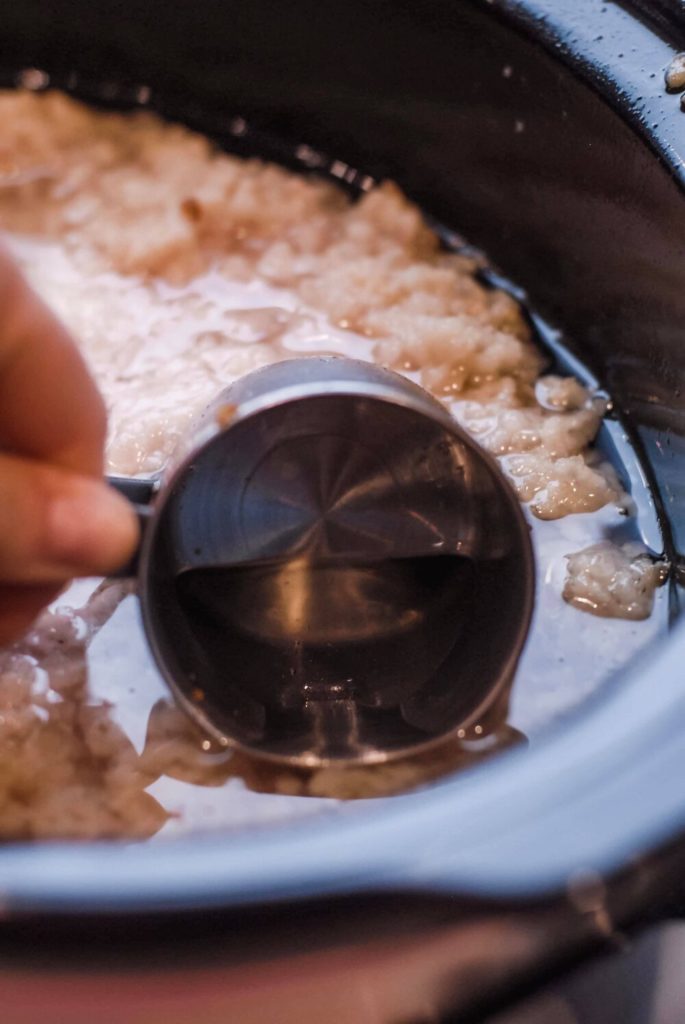
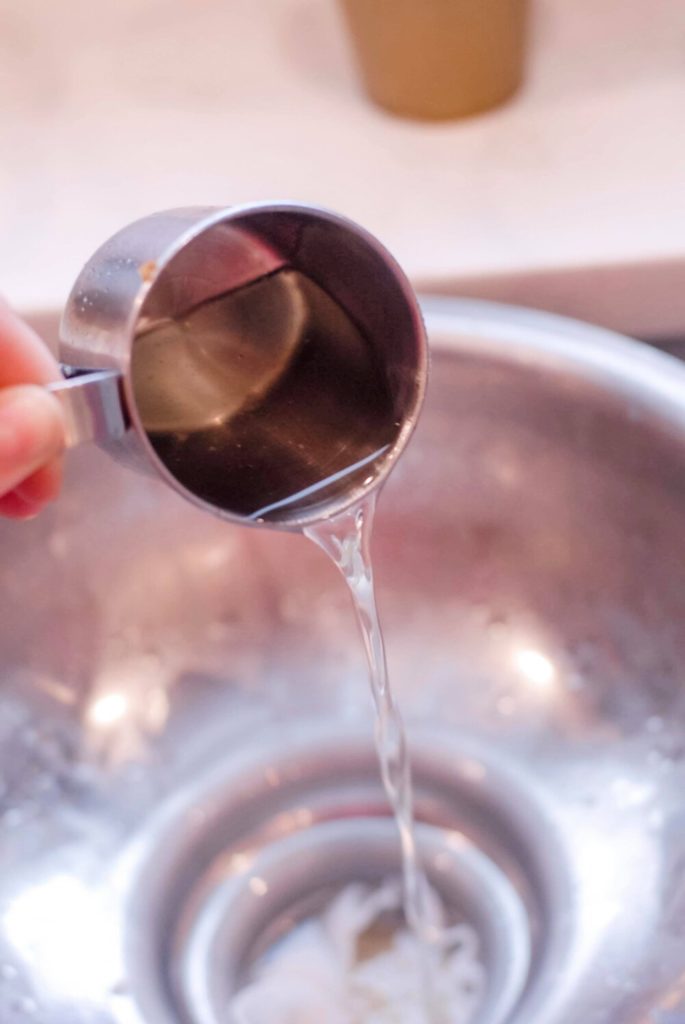
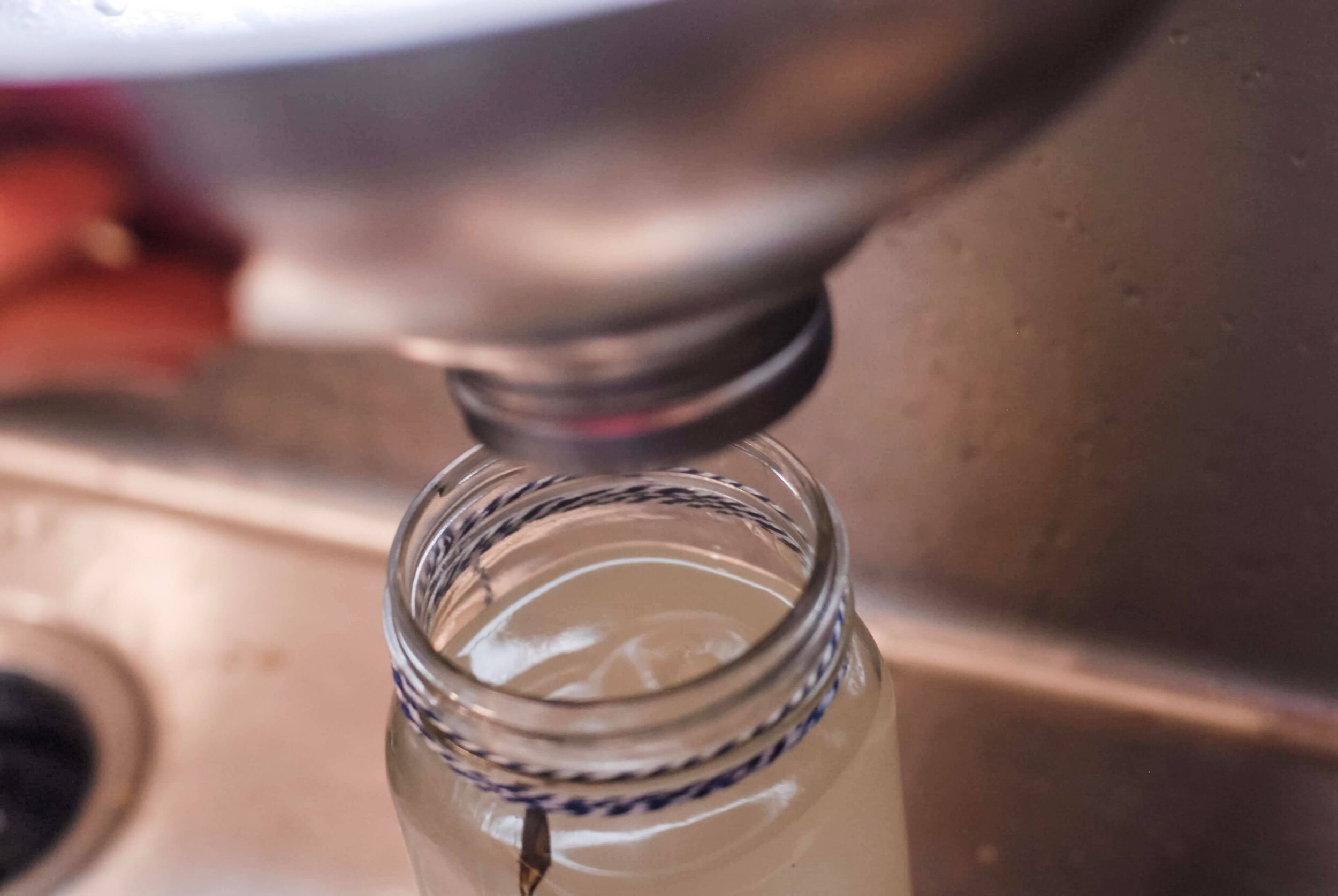
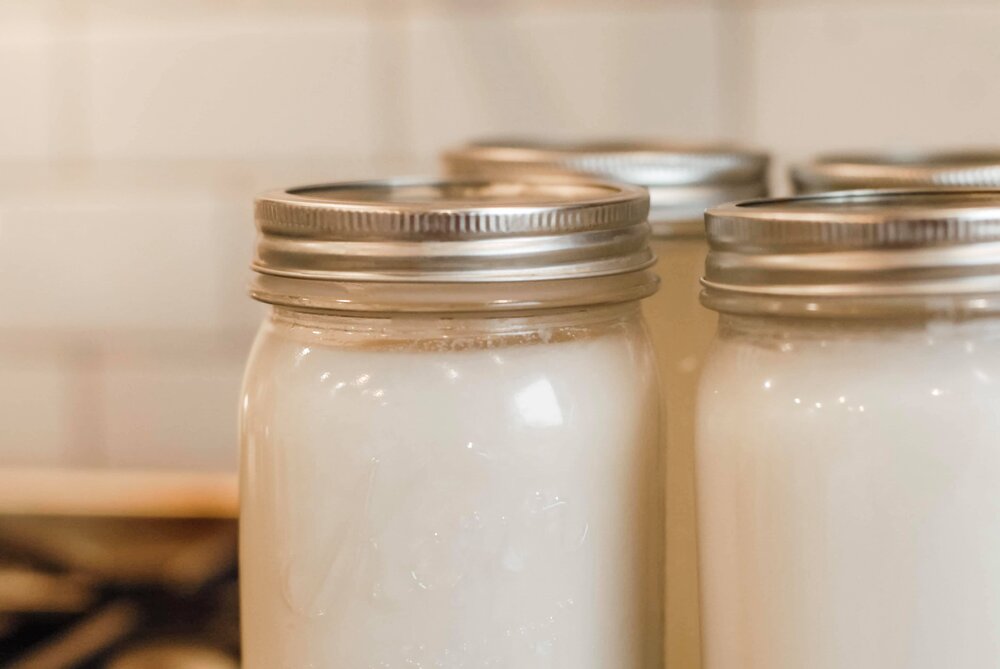
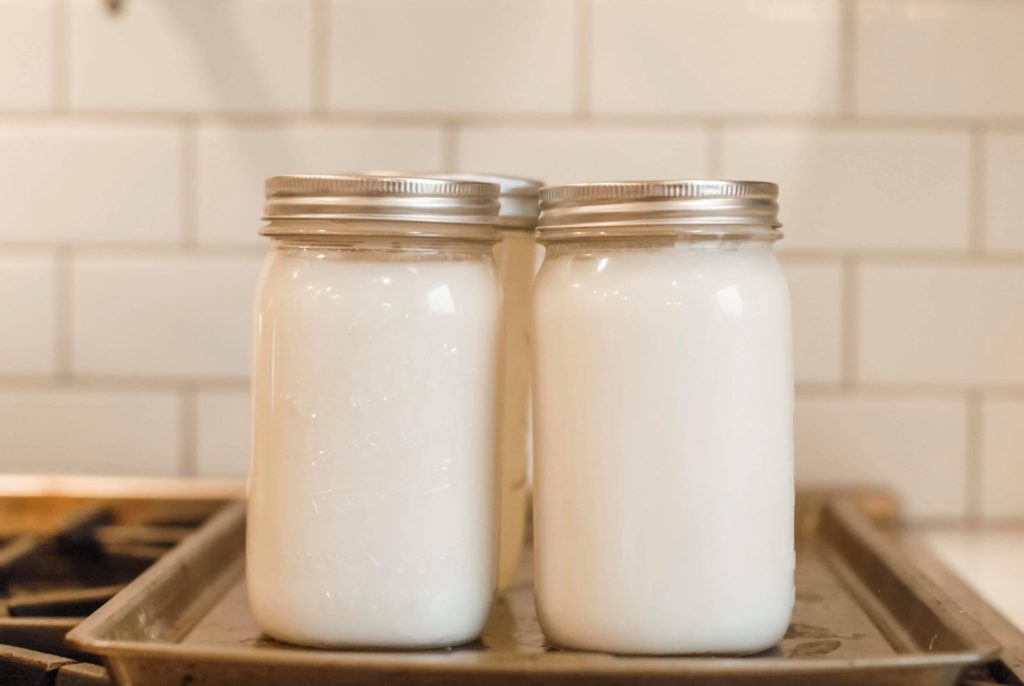
I’m pretty old and lard has always been welcome in my kitchen. People go on tangents because they don’t know better.
I want some lard. Thanks for the article.
Yay! If you need to source pastured pork fat, let me know, too!
I grew up with lard, delicious cracklings for eating out of hand or making biscuits. My mother used lard for EVERYTHING! I purchased pork fat (not leaf fat) from Widnor farms and rendered it for the first time. This is the best lard we’ve had in ages!!!!!
I keep lard in my fridge, though it’s become harder to find. It’s the absolute best fat to use to make biscuits and nothing will give fried chicken the exquisite crust that lard will.